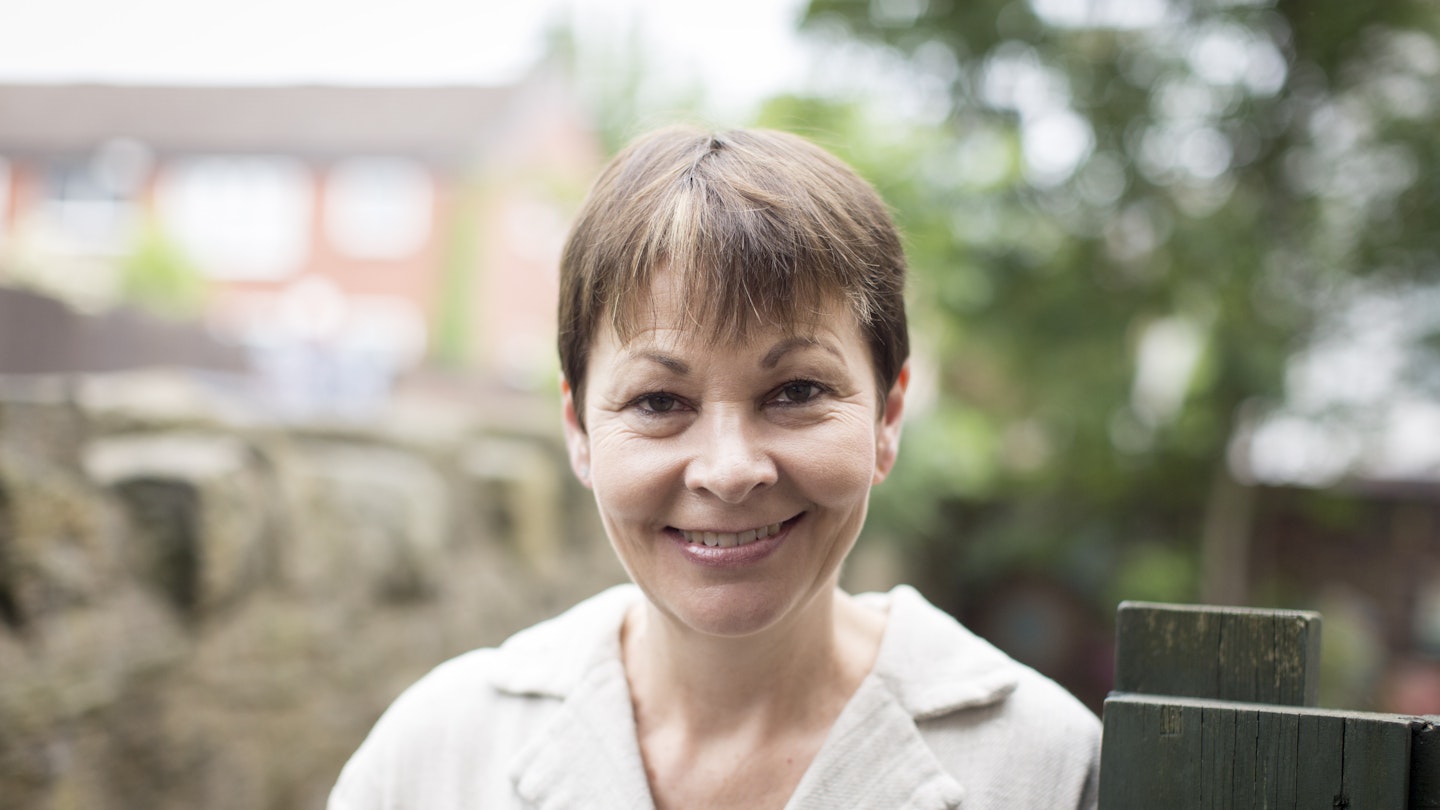Over 200 women were elected to Parliament in yesterday’s snap general election, resulting in a historically high number of seats for female MPs.
The previous record was set at the last general election in 2015, when 191 female MPs won seats, though the number has since risen to 196 during the last parliament due to a series of by-elections. At the time of writing, 207 women had been elected to the Commons.
It was the Home Secretary Amber Rudd, who narrowly defended her seat in Hastings and Rye after a recount, who took the number up to 192.
Green Party leader Caroline Lucas retained her Brighton seat to become the 201st female MP, with a 10.4 percent majority. She is the Green Party's only MP.
According to the BBC, 32 percent of MPs are now female, but this varies significantly between the parties: Labour are stepping closer to equality with 45 percent, but just 21 percent of Conservative MPs are women. Compared to Nordic countries like Sweden and Iceland, where quota systems are common, the UK is still lagging behind when it comes to gender parity.
Elected to Birmingham Edgbaston, Labour’s Preet Gill made history as the first female Sikh MP, gaining a majority of 6,917. ‘It’s a real honour to be representing the people and the place where I was born and raised,’ she told the BBC.
It’s perhaps particularly poignant that this record has been broken on the 104th anniversary of the death of Emily Wilding Davison, the suffragette who became a symbol of the fight for women’s emancipation when she died after throwing herself under the King’s horse at Epsom races on June 8th 1913.
Women have only been allowed to stand for Parliament since 1918 – the same year in which women over the age of 30 were granted the vote. The first female MP to be elected was Constance Markievicz but, as a member of Irish republican party Sinn Fein, she never took her seat.
Nancy Astor was the first woman to sit in Parliament, elected as MP for Plymouth Sutton after a by-election in December 1919.
It wasn’t until 2015 that the total number of female MPs ever elected exceeded the number of MPs sitting in a single parliament.
READ MORE: What Is A Hung Parliament And What Does It Mean For The UK?
